- Home
- international
- news
- From pigeon-mounted cameras to dragonfly drones, here's how aerial surveillance has evolved to spy on people over the past 200 years
From pigeon-mounted cameras to dragonfly drones, here's how aerial surveillance has evolved to spy on people over the past 200 years

- A Chinese spy balloon in the US is the latest in a long history of governments spying on each other from the sky.
- Aerial surveillance dates back to the French Revolution to UFO rumors to the Cuban Missile Crisis.
Last month, the US government shot down a Chinese spy balloon floating near a South Carolina beach.
The Pentagon said it was there gathering intelligence. China said it was doing civilian research. Regardless, it was nothing new.
Governments have been spying on each other for hundreds of years. They've used all sorts of techniques, from the German army using pigeon-carrying cameras to the US releasing hundreds of balloons in the hope they would float across the entirety of Russia and get to Japan.
Here's how surveillance from the sky has developed over the years.
The first record of aerial surveillance happened toward the end of the 18th century. During the Revolutionary War, the French successfully used hot air balloons to monitor combat during the Battle of Fleurus against Britain, Germany, and Holland.
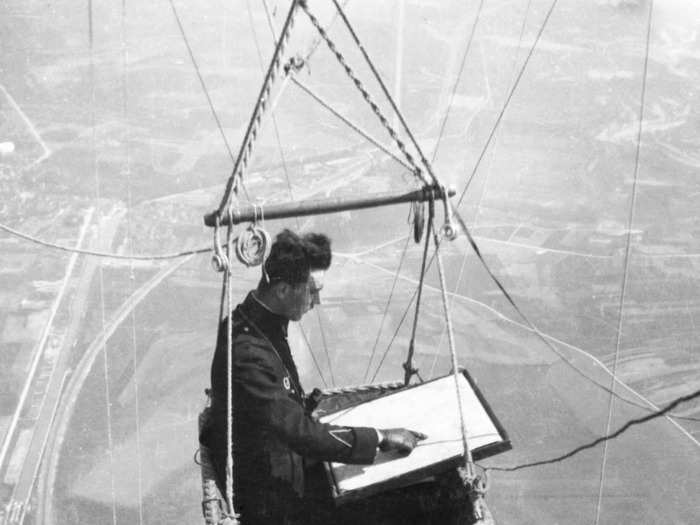
Sources: History.com, Fox5
During the Civil War in the US, both sides used balloons to survey battlefields. They got as high as 1,000 feet and were usually tethered so they could be pulled back down and balloonists onboard could convey the intelligence they gathered.
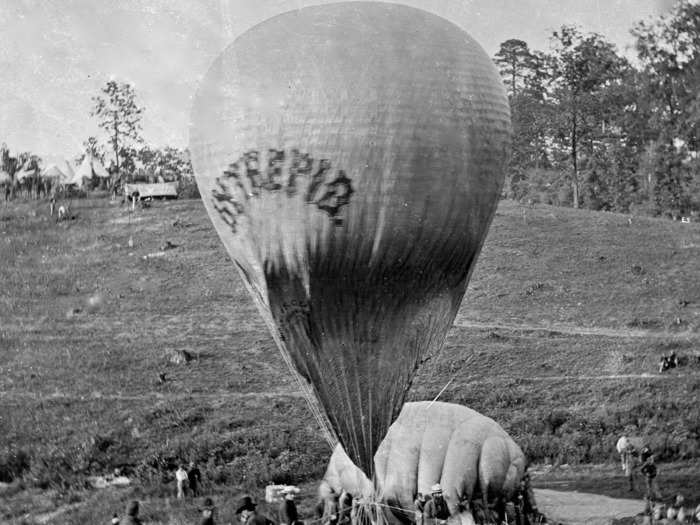
In 1903, a German man named Julius Neubronner attached cameras to pigeons so he could figure out where they were flying. His technique would be copied by the German army during World War I.
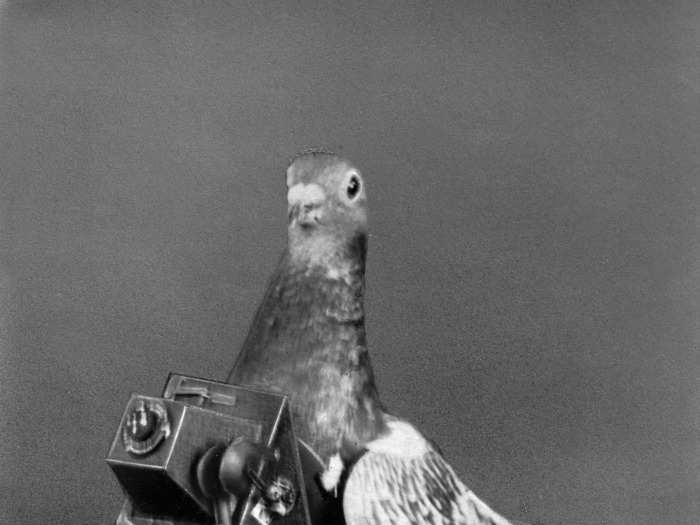
International Spy Museum historian and curator Dr. Andrew Hammond told Fox5 that despite the novelty of the idea, the "utility of the imagery was limited."
Sources: Time, Fox5, Atlas Obscura
Alongside pigeons, hot air balloons continued to play an essential role during World War I. They were used to find enemy locations, direct troops, and aim the artillery.
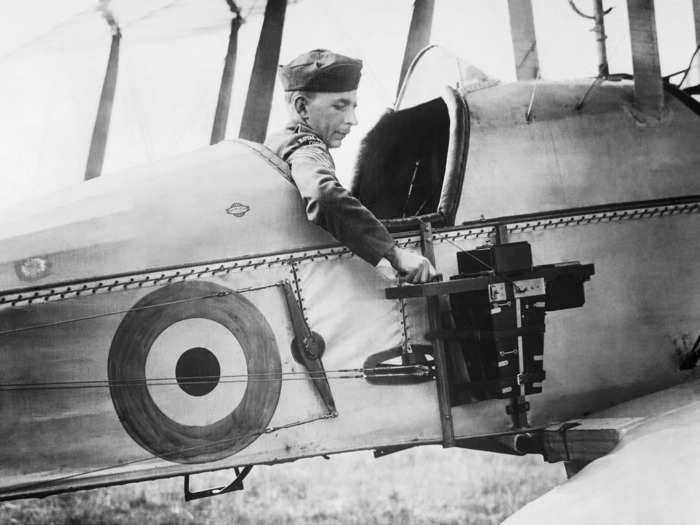
Source: New York Times
Scientists worked on improving the spy balloons. One new type used in the war was the "dirigible balloon," designed to get as long as 700 feet long and float up to about 6,000 feet. But what made them so useful was that they were engine-powered and steerable.
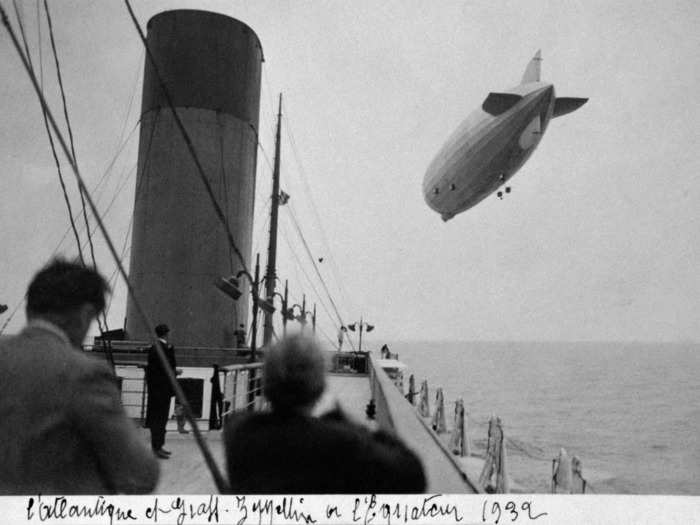
Source: Grid
Both sides knew how valuable balloons were, so they quickly became targets and were often shot down.
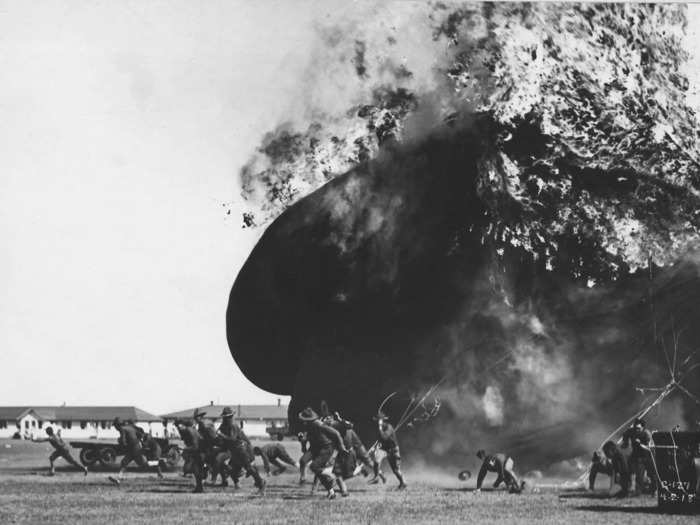
Source: PopSci
One US army pilot named Frank Luke Jr. became known as the "Arizona Balloon Buster" after he shot down 18 German balloons.
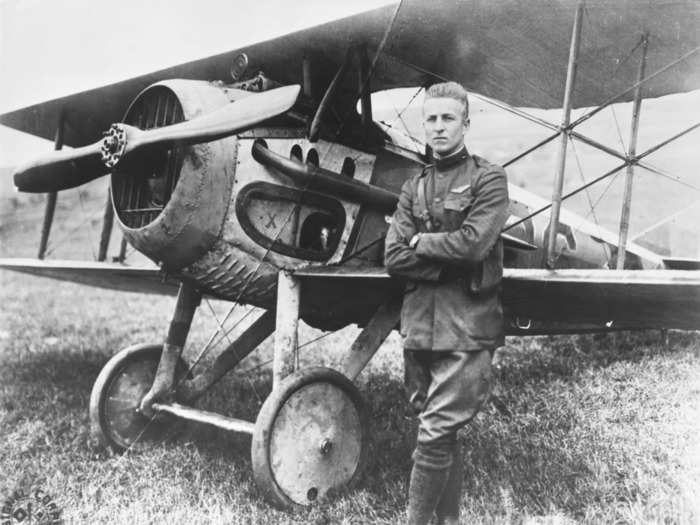
By 1935, the technology had developed further. Cameras were now used on planes. Here, an airman uses a rapid-action, automatic aerial camera while flying. It could be used for vertical or oblique shots.
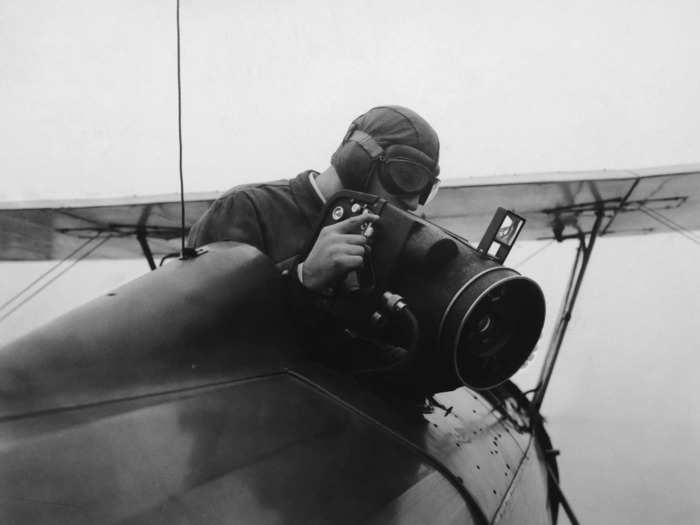
Armies began to set up photographic trailers at different bases, and soldiers even sometimes developed photos in darkrooms onboard planes.
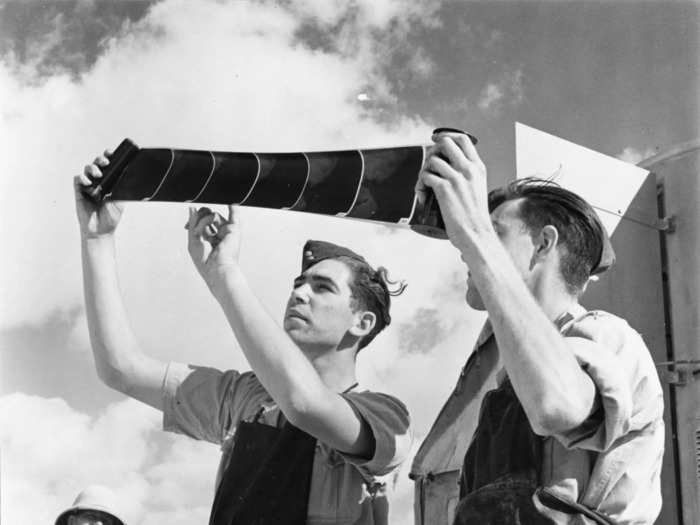
Source: History.com
In World War II, the US used untethered blimps called K-ships for surveillance. They were especially useful for finding submarines since they could hover above the sea for long periods, while soldiers watched for any movement in the water below.
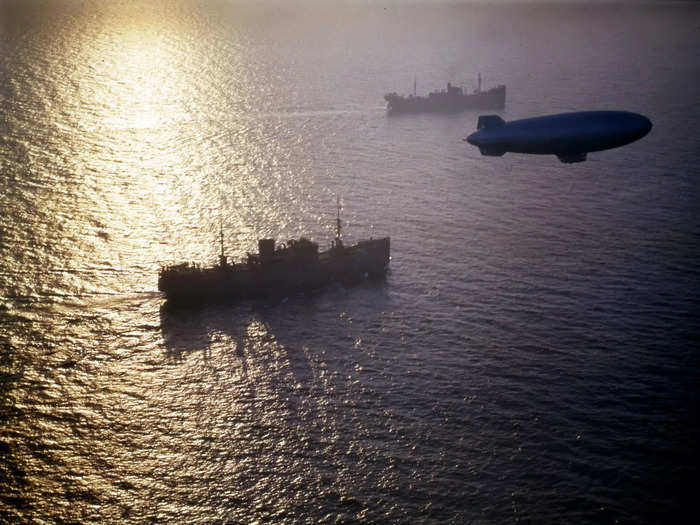
Source: New York Times
After World War II, the US focused its aerial surveillance on Russia. Though no one knew it at the time, the first public record of its new mission happened when a balloon crashed into the ground near Roswell, New Mexico, in 1947.
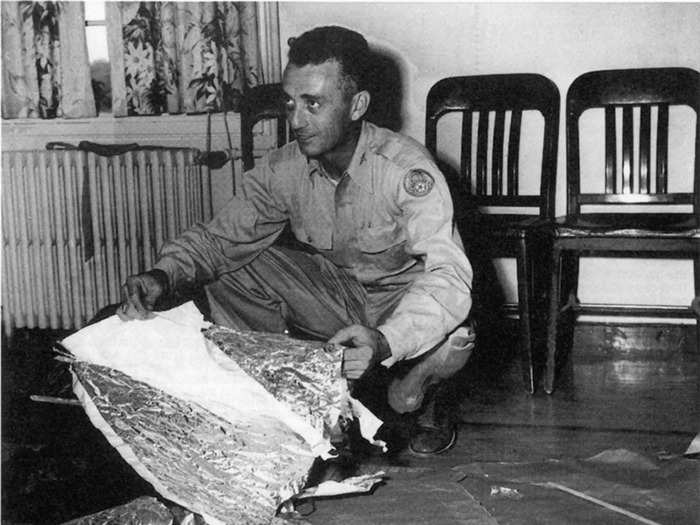
The US government didn't want it known that they were spying on Russia, so it released a statement calling it a "flying disc." But the public thought this meant aliens.
In the resulting panic, the government had to change its tune and call it a "weather balloon." But it was actually a high-altitude balloon that had been monitoring audio levels to see if Russia was detonating nuclear bombs.
The strange crash and the government's reluctance to explain the truth was one of the reasons the town became known for aliens.
The real story wasn't made public until 1994.
Sources: PopSci, Washington Post, Independent
In 1953, the US began the Moby Dick program. Authorized by President Dwight Eisenhower, it was a plan to use balloons to spy on Russia. The US government rated it as its highest priority. The only other project on the same level was the hydrogen bomb.
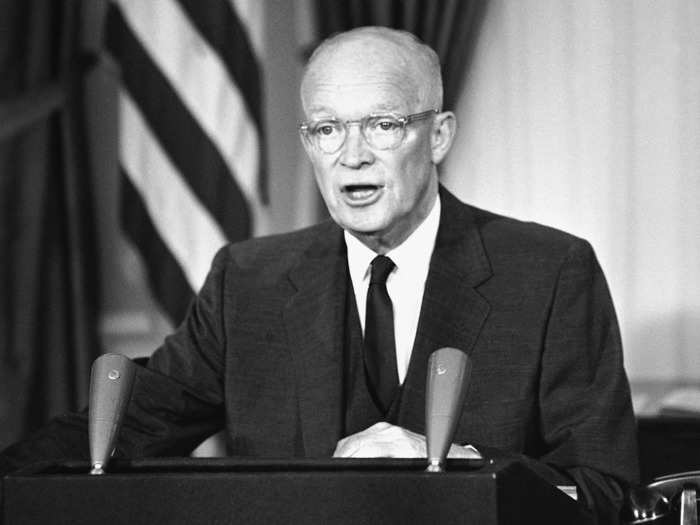
The US had discovered that, thanks to wind currents, balloons would usually float west to east meaning the balloons could be released in Europe and would theoretically float across Russia to be retrieved in Japan.
Sources: Sydney Morning Herald, Atlas Obscura
Three years later, the US sent 516 balloons over China, Russia, and Eastern Europe. Each carried a new type of film that would work in freezing temperatures.
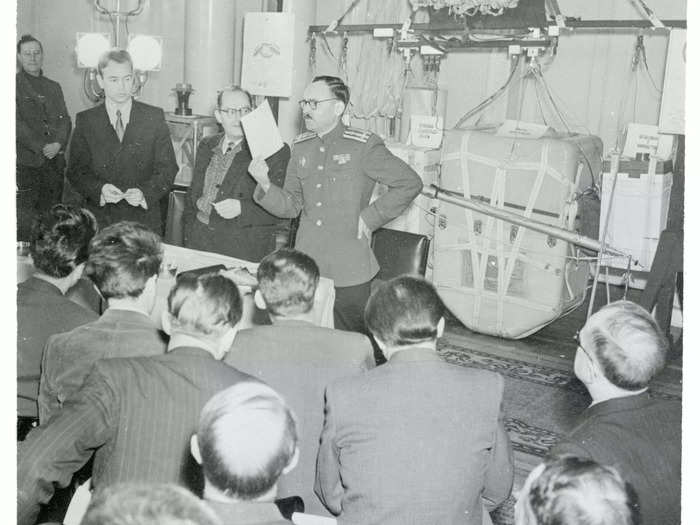
The balloons were not exactly subtle. Russia called it a "gross violation" of its air space.
The Russian air force soon started shooting them down. About 90% of the balloons either crashed or were shot down, but the US recovered 44 balloons and obtained 13,813 photos from the campaign.
It documented a million square miles of Russia and discovered a new nuclear facility in Siberia.
Sources: Grid, Sydney Morning Herald
Ironically, when Russia took the first ever photo of the moon's dark side, it was taken with the same film it had gotten from one of the crashed balloons.
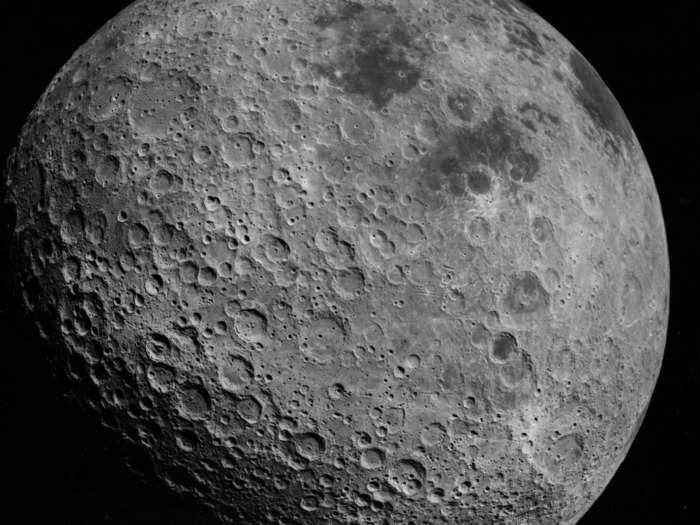
Sources: Grid, Sydney Morning Herald
In 1957, the US launched the U-2 plane to replace balloons. During the Cold War, it played a crucial role keeping surveillance on Russia. It could fly at 70,000 feet — double the altitude of what commercial jets fly today — which was too high for Russia to shoot them down.
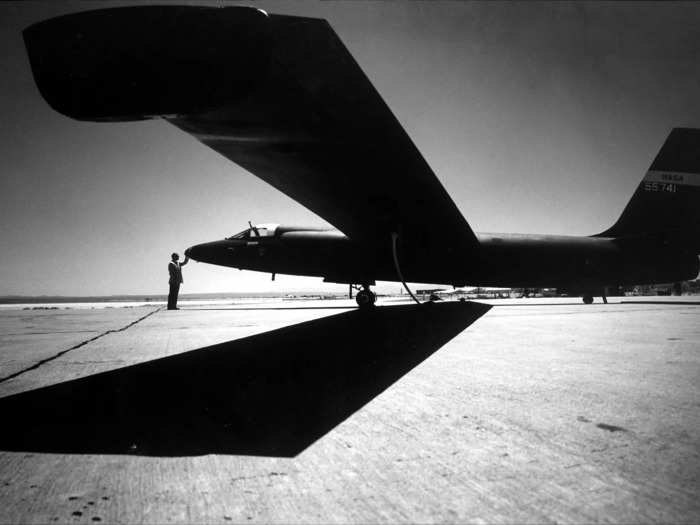
Yet even from such a height, the photos taken by a Hycon 73B camera could catch details of objects as small as 2 and a half feet wide.
Sources: History.com, New York Times, History.com
In 1962, it was a U-2 aircraft that was responsible for confirming there were Russian nuclear weapons in Cuba, just 90 miles from the US. This led to the Cuban Missile Crisis.
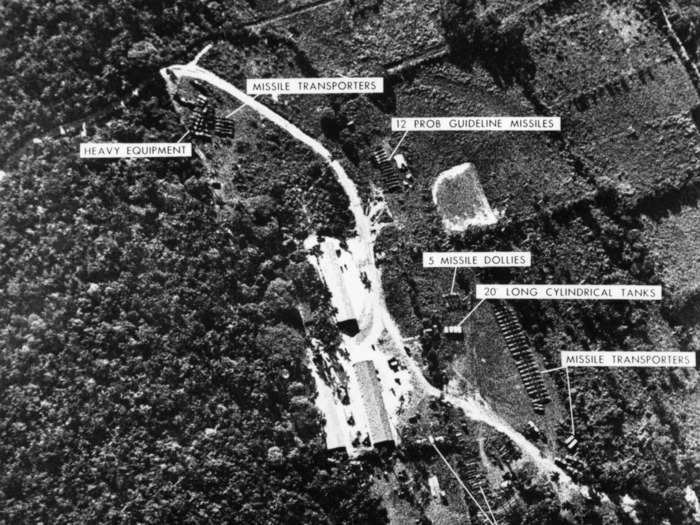
Source: History.com
The U-2 was flown by a US Air Force major named Rudolf Anderson Jr., who flew over the site 13 days later and was shot and killed by Russian missiles.
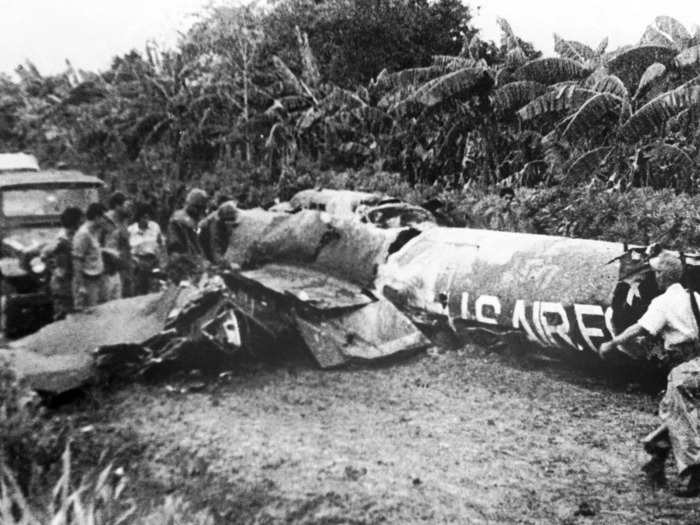
His death escalated the crisis, and within 24 hours, a deal had been offered to Russia which Russia agreed to.
Source: History.com
From the 1950s to the 1970s, the Space Race became a key focus for Russia and the US. The point was to get to space, but it also led to the development of satellite imagery, which changed aerial surveillance forever.
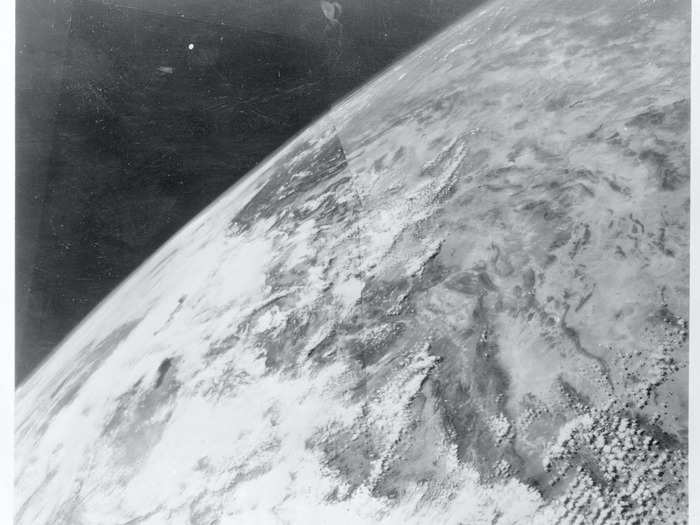
In 1958, the US launched a covert operation known as the Corona Project. Officially, it was a space exploration program called the "Discoverer." But in reality, it was once again about spying on Russia.
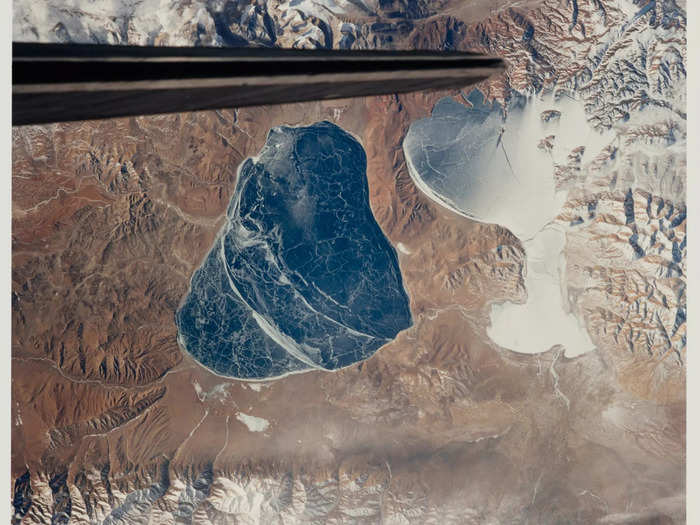
Satellites were sent into space with a mile and a half of 70mm film.
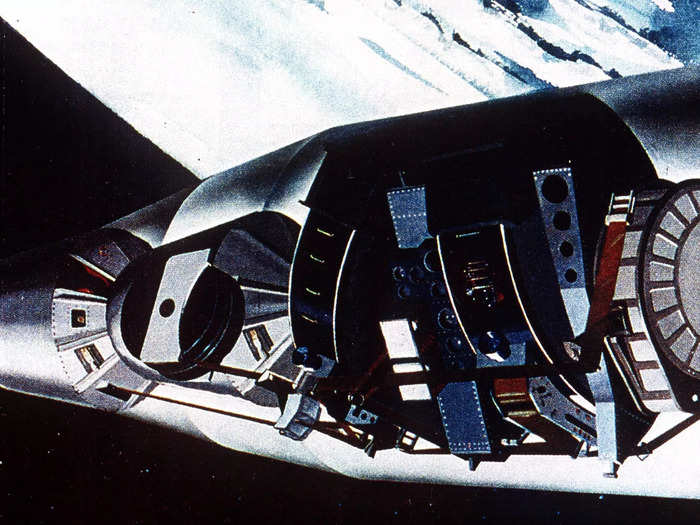
Sources: Time, New York Times
When the film was finished, it was dropped in a heat shield from about 60,000 feet in the sky. A parachute would be released on its descent, and the film would be caught by planes at around 15,000 feet.
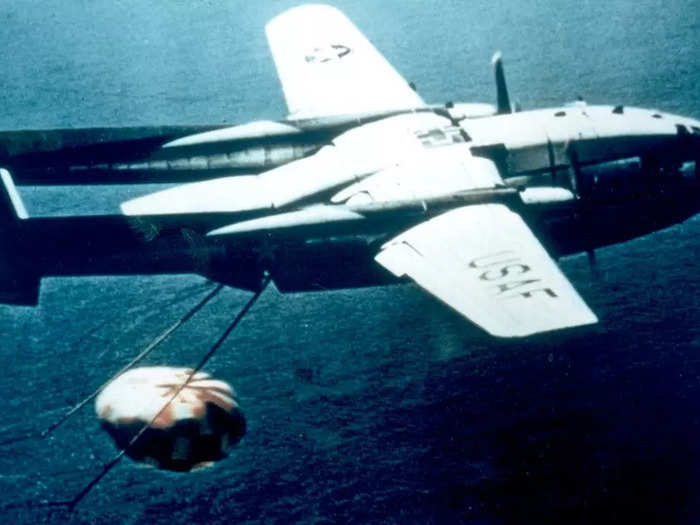
Sources: Time, New York Times
From the outside, the competition was still about getting to space, but the US also got about 850,000 photos of Russia during the 1960s and 1970s as part of the Corona Project.
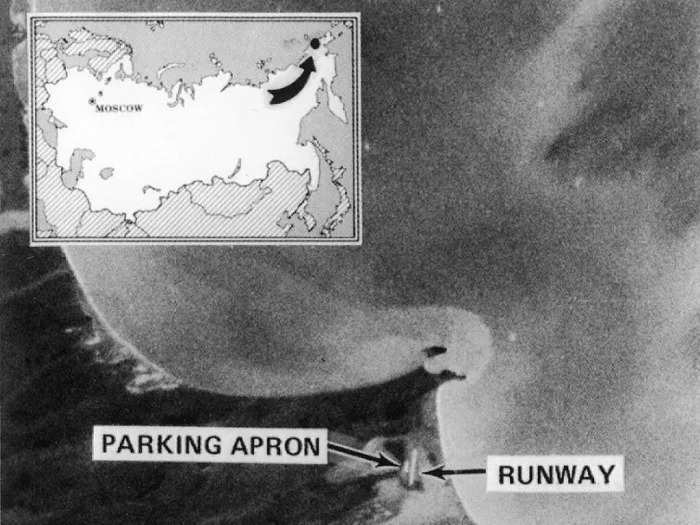
"If we get nothing else from the space program but the photographic satellite, it is worth ten times over the money we've spent," President Lyndon B. Johnson said at the time.
Sources: Time, New York Times
One of the main problems with the early satellites was that they couldn't last long in orbit, so both the US and Russia had to launch new satellites almost every fortnight.
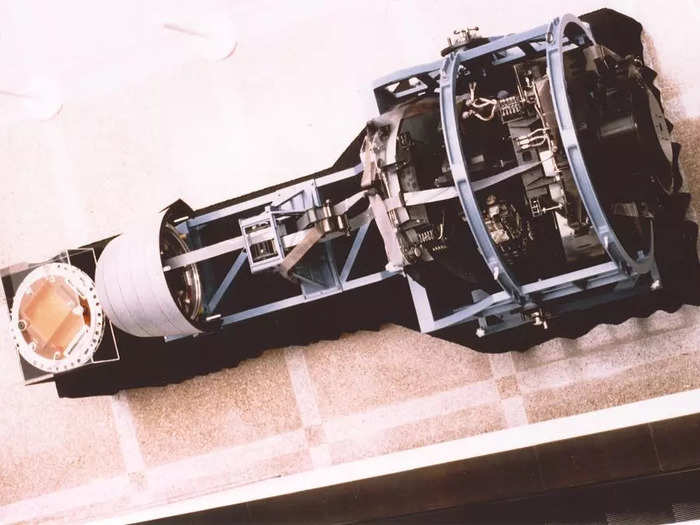
By the early 1980s, developments in technology and a move to digital photography meant they could stay in space for years, though they had to come down to transfer the images.
Source: Deutsche Welle
In the 1970s, the CIA built a drone that weighed less than a gram and looked like a dragonfly. It was called the "Insectothopter" and could fly across two football fields in a minute.
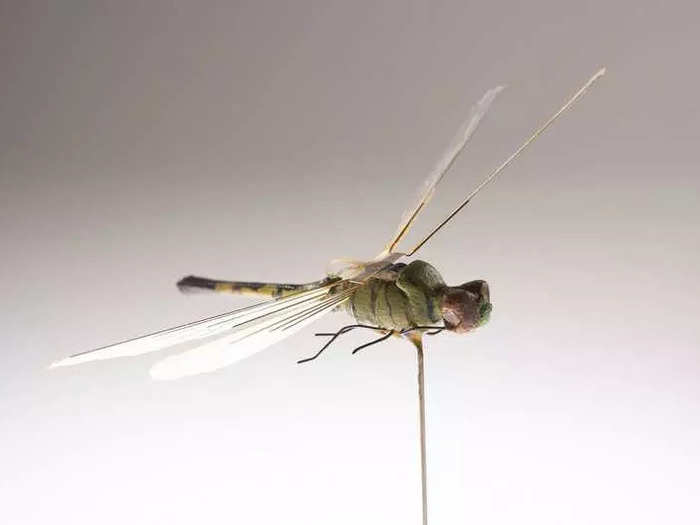
But that was as good as it got. It never made it out onto the field because it was too easily blown about.
The CIA had originally wanted to design the drone to be a bee, but bees fly too erratically so they settled on the dragonfly.
Sources: History.com, Eurasian Times
The first modern drones began appearing in the 1980s in Israel. The Israeli government used drones to watch citizens of interest.
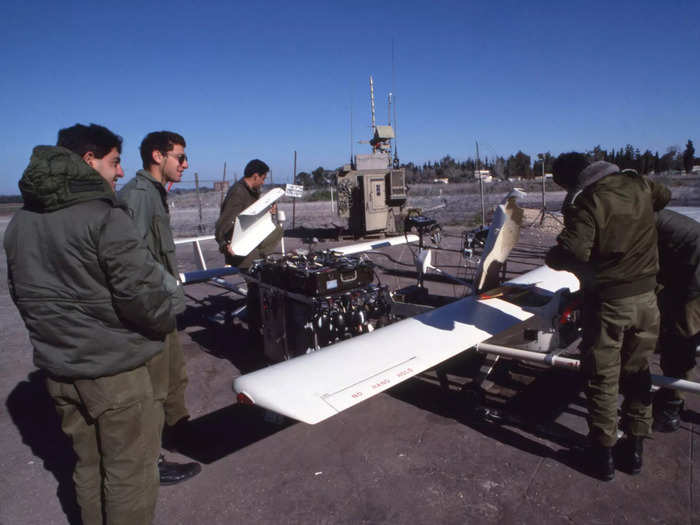
Source: Time
In 1991, the US used its own drone called the Pioneer during the Gulf War. While these drones were primarily used to convey enemy locations, it also videoed Iraqi soldiers as they surrendered in a historic first.
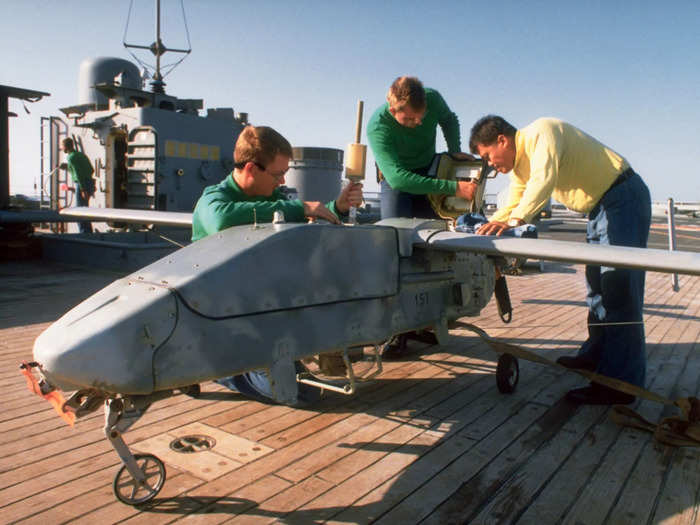
Sources: Time, Baltimore Sun
In 1995, General Atomics, a defense contractor based in San Diego, created the Gnat, a remote-controlled drone that carried a video camera. It was later renamed the Predator and was used to capture Osama Bin Laden in 2000.
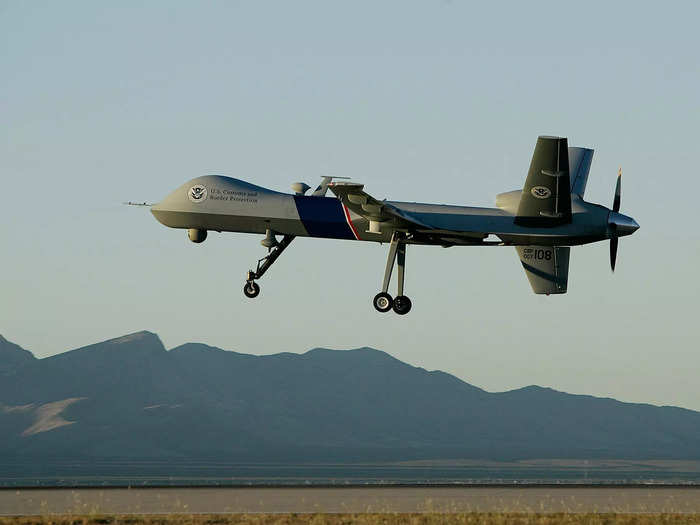
Source: Smithsonian Magazine
In the 21st century, airborne surveillance became even more sophisticated. New technology made it possible for drones to transmit a live-stream from anywhere in the world.
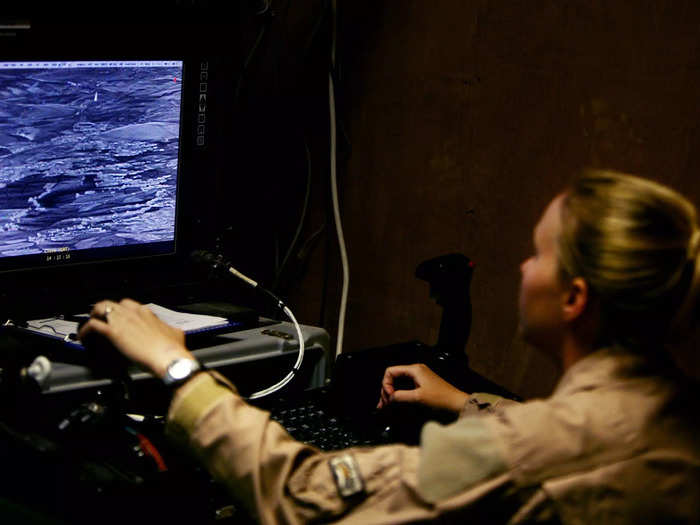
Source: Smithsonian Magazine
Despite all of these advances, China doesn't rely on drones for its aerial surveillance. In a case of history repeating itself, China's been using balloons this year to spy on more than 40 countries on five continents.
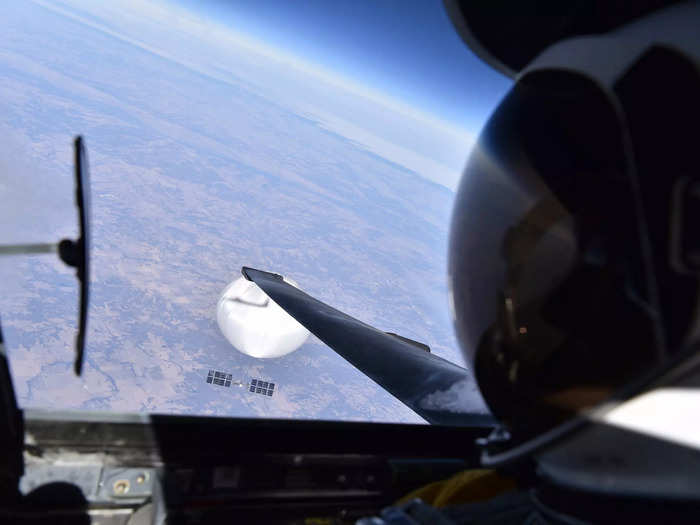
Popular Right Now
Advertisement